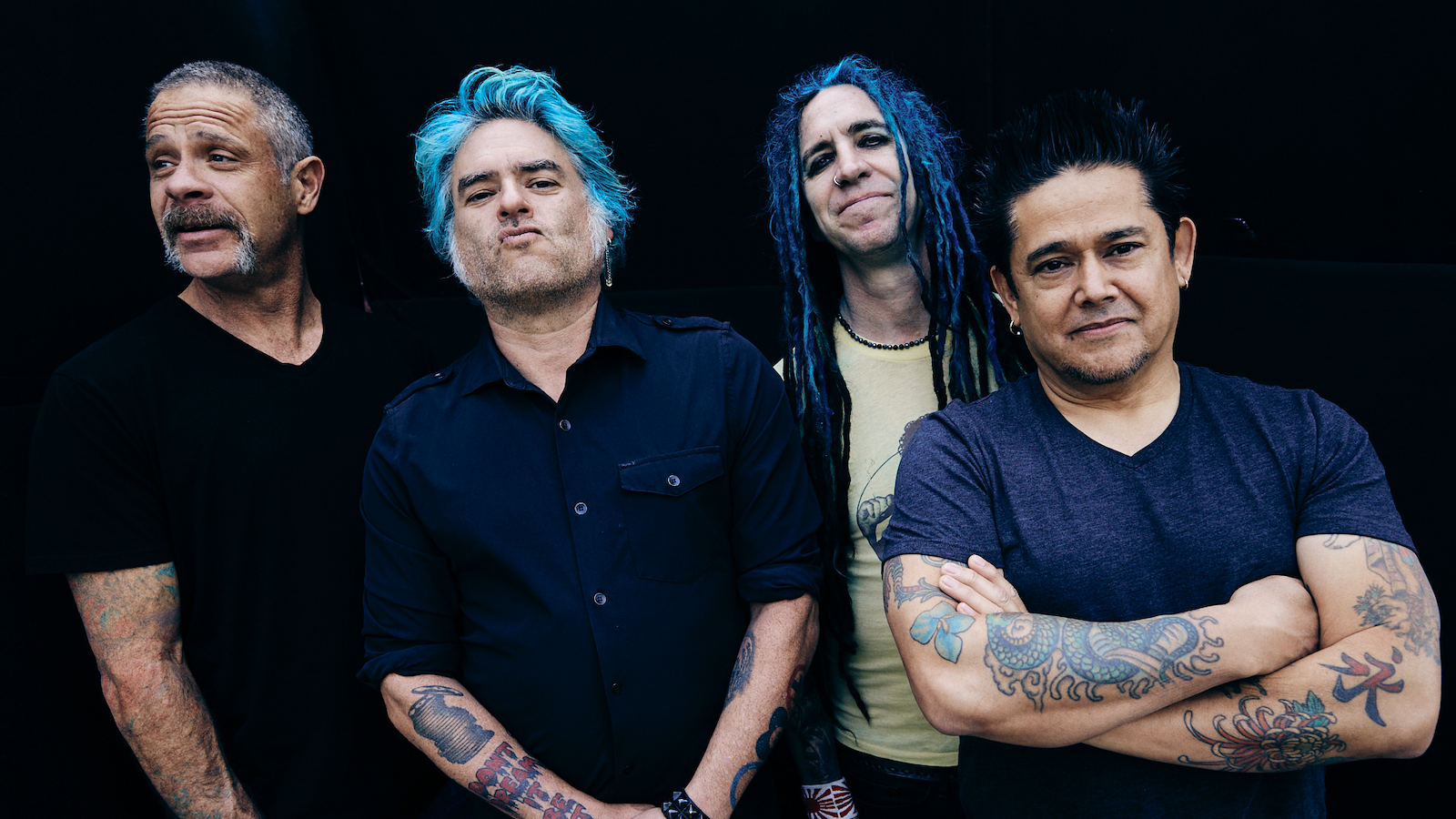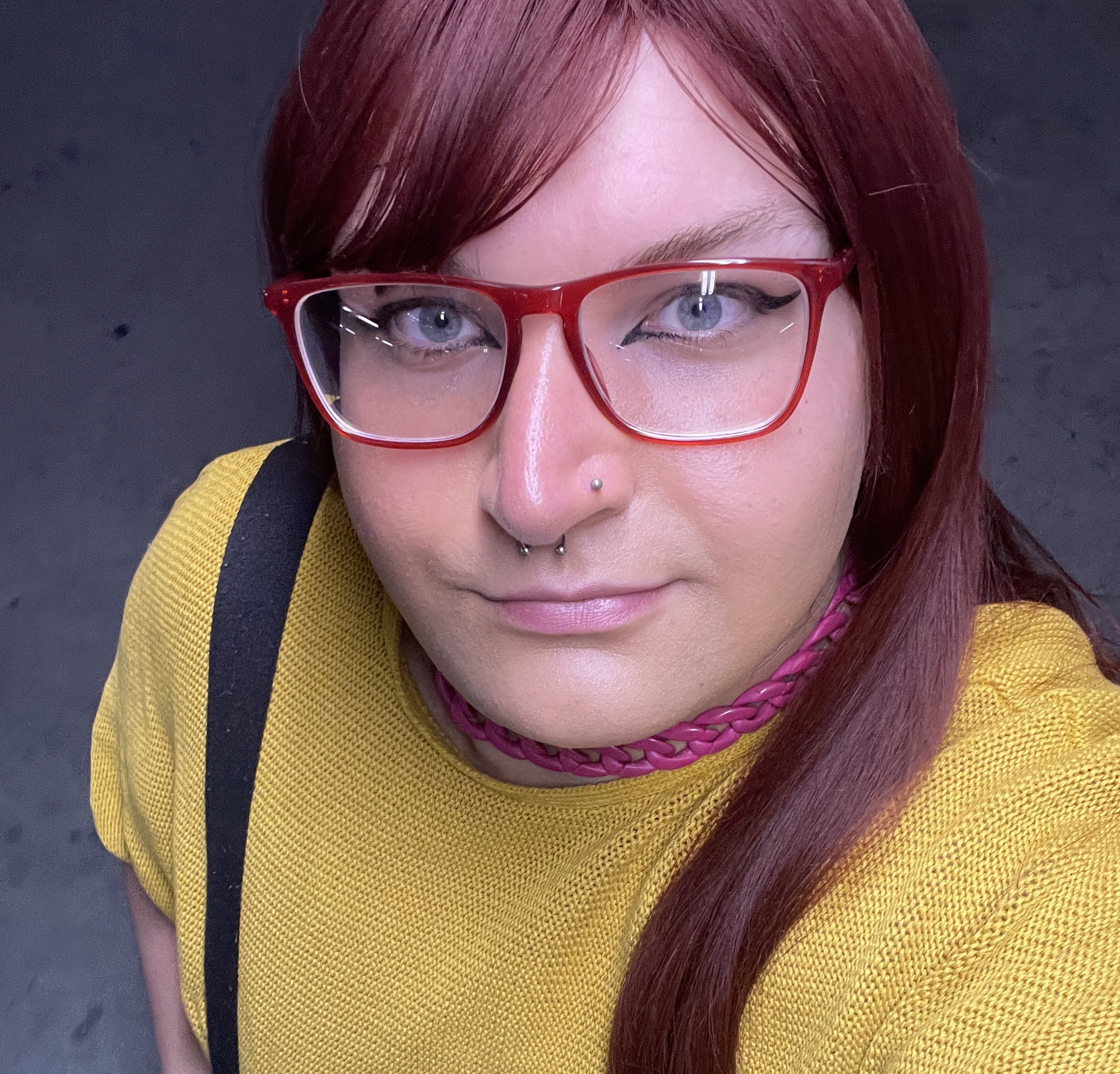NOFX’s Aaron ‘El Hefe’ Abeyta: “We’re older now, so there’s a lot more sad shit to write about”
NOFX take an unforgivingly fierce leap forward with album #14

Note: this article is also featured in Australian Guitar #142, which is out now wherever great magazines are sold! Click here to read more about what’s in this jam-packed issue!
The past few years have been kind of intense for NOFX ringleader Fat Mike, between a relapse in his old drug habits, the tragic loss of some close friends, struggles with gender identity, controversy over touchy jokes… Probably some things we as fans don’t even know about, too. So it stands to reason that what NOFX followed up 2016’s First Ditch Effort album, the material would be some of their darkest. And it is: Single Album – the Californian skate-punk staples’ 14th LP – features some truly gut-wrenching lyrics, and some musical nodes that border on metallic in heaviness.
Of course, the album does also feature plenty of NOFX’s signature piss-taking (in more ways than one) punk-rock joviality – like on “Linewleum” (not a typo), which touches on the band’s confusion towards their own success, and takes aim at all the stale Fat Wreck copycats that think covering “Linoleum” will draw Mike’s attention (it will, but not how you’re probably hoping). It’s also their best record since 1994’s Punk In Drublic – a huge call, we know, but one we’re firmly standing by.
As the band enjoy their well-earned return to the spotlight, Australian Guitar catches up with guitarist Aaron “El Hefe” Abeyta to chat all about what led them there.
So as the title of this record hints at, this was originally going to be a double album, but that plan obviously ended up changing. What led to that decision?
I think because we’re also going to record something else soon. I’m not supposed to say anything about that, but oh well [laughs]. So we decided to hold off and keep working on more material – which is what we’re doing right now. We didn’t stop making music after we finished the album, and we’re still working on new songs at the moment.
Do you think this record benefitted from the fact that it was originally going to be so much bigger, since you were able to pick the cream of the crop from that pile of songs?
Definitely. The more songs to choose from, the merrier, because you get to just choose the best ones from that pile. And when Mike had written something like 50 songs before we went in to do this one, it was very easy to fill a CD with hits.
Between the progressive burn of “The Big Drag”, the sleazy reggae vibes of “Fish In A Gun Barrel” and that twangy intro on “Doors And Fours”, it’s clear there’s still plenty of room for innovation in NOFX. Are you still excited to experiment with different styles and playing techniques, even after so many years in the band?
Most definitely, yeah! Even with the horns as well, figuring out new ways to play and going for a more New Orleans-esque style of trumpet playing – it’s got that jazzy “wow-wah” kind of sound. It’s always cool to experiment and try new things.
All the latest guitar news, interviews, lessons, reviews, deals and more, direct to your inbox!
Speaking of songs like “The Big Drag” and “Fish In A Gun Barrel”, those are definitely some of the more serious, real-life-ish NOFX songs. But then of course you’ve also got ones like “F*** Euphemism” and “Linewleum”, which are those classic off-the‑wall, total piss-take jams. How do you hit that balance between the darker shit and the looser, more lighthearted punk rock stuff?
I think it’s part of who we are, y’know? We do like to clown around a lot and poke fun at each other – and poke fun at the audience. But then there’s also those deep, serious moments of reflection on what’s going on in the world and what’s going on in our personal lives – and we’re older now, so there’s a lot more sad shit to write about [laughs].
It makes the live show cool as well because you can bounce between those different moods and atmospheres.
Oh, for sure! The more variety, the better. Then things don’t get old, y’know? If you’re constantly going fast and trying to get mosh pits going for the whole show, it gets boring real fast. Especially when the bands that open for you are going fast the whole time, by the end of the night you’re standing there like, “Oh man, this is killin’ me!”
You’ve always been pretty synonymous with the Fender Telecaster. Is that still your go-to guitar at the moment?
The Telecaster is what I play live, yeah – it’s just what I’m comfortable with and what I’ve always played; when I auditioned for NOFX, I was playing that exact guitar. It’s great because the tone really cuts through live – but in the studio, I don’t use it at all. In the studio it’s mostly Les Pauls, sometimes Fender Jazzmasters and a few other types of guitars. It depends on the song, and the sound and vibe that we’re going for. And as far as the amps, the heads and all of that goes, we always experiment and try to find the right sound for the right song. So I’m not always stuck to the Telecaster – that’s my live go-to for sure, but it doesn’t sit well in the booth.
Do you find that playing the Tele live brings a different flavour the songs after you record them on other kit?
No, it still feels the same to me, it’s just a different guitar in my hand. It’s a different environment, for sure – but even then, whether it’s a big venue or a small club, the atmosphere always feels the same; the energy is the energy, y’know?
So what did your recording setup for this album look like?
Man, I don’t even remember what we used. We always have some sort of hot-rodded Marshall in there. Mesa Boogie Stilettos are always used a lot, too. I don’t know if you’ve seen photos of us in the studio – a lot of us post on Instagram – but we have all these stacks of heads lined up – six, seven, eight heads – and we have them all going through a custom-built patching system. The producer will switch us through every amp, and we’ll try our guitars out through every single one. We’ll find one that works and be like, “Ah, I like that one there!” And it’s usually a combination of a head and a cabinet that’s in the other room. And then when the album comes out, people go, “What did you use to record that one song?” But because we had so much gear and went through so many different combinations of guitars, amps and heads, I’m always stumped for an answer. There were so many things in that room! There was a Fender Bassman amp, a Silvertone, a Mesa Boogie Mark V… It really depends on the song, y’know?
Are you much of a pedal nerd?
I do use a few little bits and pieces here and there. If it’s a reggae song, I will use the MXR EVH Phase 90. Or for an ending of a song or a little piece in the middle, I’ll use the EVH Flanger – it’s the classic Eddie Van Halen “choong, choong, choong” tone – you know the tone on “And the Cradle Will Rock...”? I won’t play a whole song with that on, but it adds an interesting little flavour there for a few seconds. I do use a lot of the Dunlop Crybaby for the solos, too, that’s always a staple on the board.

Ellie Robinson is an Australian writer, editor and dog enthusiast with a keen ear for pop-rock and a keen tongue for actual Pop Rocks. Her bylines include music rag staples like NME, BLUNT, Mixdown and, of course, Australian Guitar (where she also serves as Editor-at-Large), but also less expected fare like TV Soap and Snowboarding Australia. Her go-to guitar is a Fender Player Tele, which, controversially, she only picked up after she'd joined the team at Australian Guitar. Before then, Ellie was a keyboardist – thankfully, the AG crew helped her see the light…
